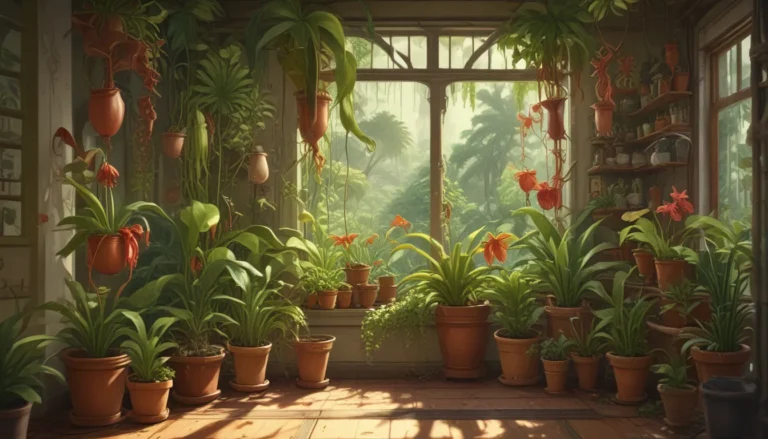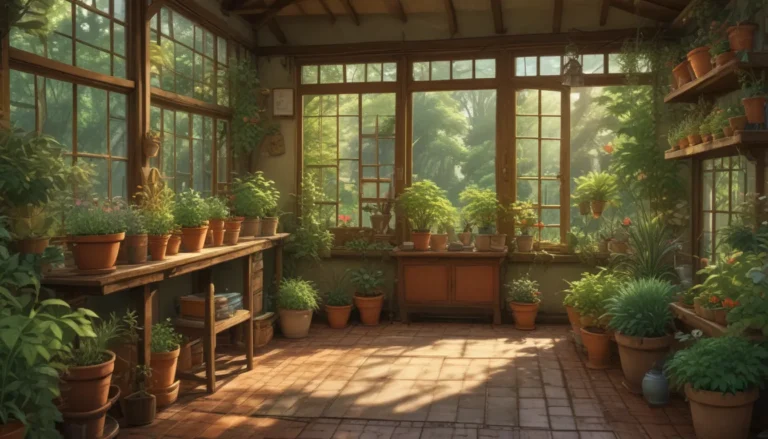Everything You Need to Know About Garden Croton Leaf Drop

Do you have a garden croton plant at home or are thinking of adding one to your collection of indoor foliage? Garden crotons, also known as Codiaeum variegatum, are stunning plants with vibrant leaves in assorted shapes and rich shades of green, red, and yellow. They are a showy foliage species that thrives in USDA Hardiness Zones 10 to 12 or as a beautiful houseplant in any region.
In this comprehensive guide, we will explore everything you need to know about garden crotons, focusing specifically on the reasons why these plants may suddenly start dropping leaves. Whether you are an experienced gardener or a beginner looking to add these colorful plants to your home, this article is for you.
Understanding Garden Croton Leaf Drop
Garden crotons are known for their bold and contrasting veins, splotches, and streaks that make them stand out in any indoor or outdoor landscape. However, when these plants are not in the best of health, they can start shedding leaves, leaving denuded stems that may not be aesthetically pleasing.
In this guide, we will cover nine possible reasons why your garden croton may be dropping its leaves and provide you with valuable tips on how to avoid these issues. Let’s dive right in and unravel the mysteries behind leaf drop in these beautiful plants.
Common Reasons for Garden Croton Leaf Drop
-
Dust: Houseplants, including garden crotons, tend to accumulate dust on their leaves over time. This dust can block sunlight, inhibit photosynthesis, and lead to growth slowdown and systemic stress. To prevent dust accumulation, make sure to wipe the foliage with a damp cloth regularly or use a leaf-shining product like Miracle-Gro Leaf Shine.
Miracle-Gro Leaf Shine is a great product that helps remove dust and polish foliage, giving your garden croton a glossy sheen.
-
Inappropriate Light: Garden crotons prefer a sunny location, but exposure to overly bright or dim light can cause issues. Place your plant about three feet away from a south- or west-facing window to ensure it receives adequate sunlight without being overexposed.
-
Moisture Stress: Proper watering is crucial for the health of your garden croton. Make sure to water the plant when the soil is dry at a depth of half an inch to an inch. Over and under watering can both lead to leaf drop, so be mindful of your watering practices.
-
Overfertilization: During the growing season, it’s essential to fertilize your croton monthly with a liquid houseplant food diluted to half strength. Too much fertilizer can cause a buildup of soluble salts that may lead to leaf wilting and drop.
-
Pests and Disease: While indoor potted crotons are not prone to pests and diseases, overly dry conditions can make them vulnerable to mealybugs, scale, and spider mites. Using products like Earth’s Ally 3-In-1 Plant Spray for Organic Gardening can help treat common pests and fungal diseases in your croton.
-
Relocation: Moving your croton to a new location can be stressful for the plant and may trigger leaf shedding. Take precautions when relocating your plant to ensure a smooth transition.
-
Root Bound Pot: If your croton is root bound, it may not be getting the nutrients it needs, leading to leaf drop. Repotting your plant in a slightly larger container can help provide room for growth and ensure healthy foliage.
-
Temperature Fluctuations: Crotons prefer temperatures between 60 and 85°F. Fluctuations outside this range can cause stress and lead to leaf drop. Ensure your plant is placed in a consistent temperature environment to avoid shock.
-
Transplant Shock: When transplanting your croton to a new pot, make sure to do it carefully to minimize shock and avoid leaf drop. Select a pot that is only slightly larger than the current one and follow proper repotting techniques.
Conclusion
Garden crotons are resilient plants with a robust constitution, but they can be sensitive to environmental changes and stressors. By understanding the common reasons behind leaf drop in these plants and following the tips provided in this guide, you can ensure that your croton remains healthy and vibrant.
Whether you are a seasoned gardener or a novice plant enthusiast, taking care of your garden croton can be a rewarding experience. Remember to keep your plant clean, provide adequate sunlight, water appropriately, monitor for pests and diseases, and take care when relocating or repotting your plant.
If you have any experience growing garden crotons or have encountered leaf drop issues, we’d love to hear from you. Share your thoughts and insights in the comments below.
If you found this guide informative, be sure to check out our other houseplant guides for more tips and advice on caring for your indoor foliage. With a little care and attention, your garden croton will flourish and bring a burst of color to your home. Happy gardening!





